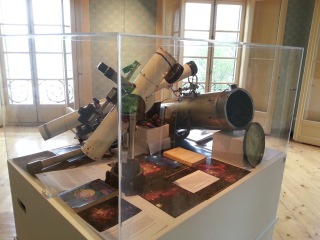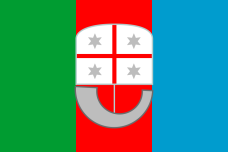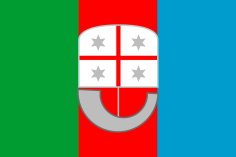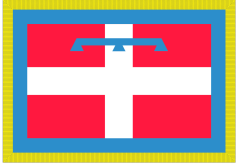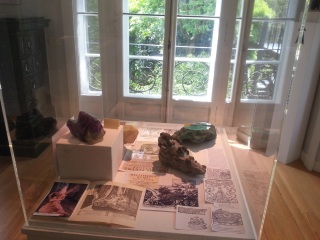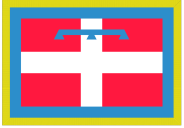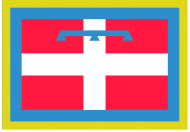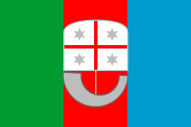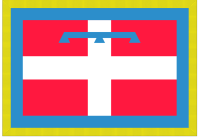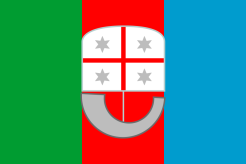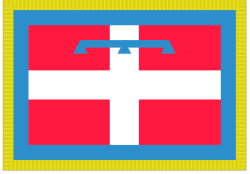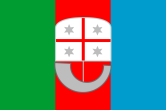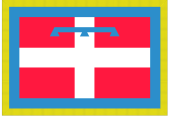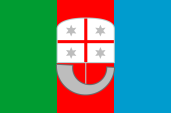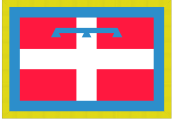Blog di Luigi Alfonso Viazzo aggiornato e completo @
http://luigialfonsoviazzo.altervista.org
Visto che i terrestri, tra uno spread, un default e un hair cut non ci riescono, per superare la crisi mondiale non ci resta che alzare gli occhi al cielo, magari verso gli alieni…
Il link @ Gioco del FuturoEnglish Version
Since terrestrials, between a spread, a default and a hair cut do not succeed, to overcome the global crisis we just have to look up at the sky, maybe towards the aliens …
This could be one of the motivations behind the initiative to create a UFO refueling station. It is the project of such a “Ufo Phil”, stage name of “Phil Hill”, an American singer-songwriter self-appointed “terrestrial ambassador for the aliens”. Among his projects, to facilitate close encounters of the third type, a 1: 1 scale pyramid on the island of Alcatraz, off San Francisco, once home to the well-known penitentiary
Hill wants to inspire the pyramid of Cheops in Giza that, according to him, at the time was designed to replenish the space ships aliens. Ufo Phil has recently declared that he is in possession of ad hoc “projects and secret schemes” coming from another galaxy, and that would allow, through the pyramid, to generate hydrogen energy. In this way it could transmit the knowledge to generate the energy free energy to the world for an epochal ecological change.
The “ambassador” Hill had put in place a live concert for extraterrestrials on June 10, 2012, in correspondence with their arrival on Earth, in the location of the legendary Monterey Pop Festival of 1967. But nothing happened …
Traduzione in latinorun per gioco (by Google Translator)
Cum terra, comprehendo per propagationem, et interficiam capillos, finis, et non sunt: et nos superare in globali discrimine habere oculos ad caelum levare: fortasse in qui peregrinantur …
Hoc potest esse unus de rationes quod est de marte dedit statione ad creandum UFOs. Est in talis a projecto “UFO Phil, scaena nomen Philosophia Hill, et constituit auto-Americanus cantor-carminum scriptor legato ad omnes proselyti de terra. In suo tempore, prope ad robora certaminibus de tertio genere, vir scaled pyramis I: I ad Insulam Alcatraz, San Franciscus de oram, quondam nota locum in carcerem
Hill vult ipsis promptior animus foret ad Giza Cheops pyramis, secundum eum, sunt, ut suppleret id temporis cum aliena industria spatialis. UFO Philipp nuper praedestinatus habere «secreta consilia et incepta” Ad hoc, alius galaxia quod pateretur ex pyramide generare consectetuer risus. Hoc non est scientia transmit de hoc mundo ad generate liberum navitas et industria conversus ecologist era.
Legatus, Hill inceperat opus est concert enim extraterrestriales in June X, MMXII, in adventu eorum convenientiam cum his in terris in locum veteris festival anno MCMLXVII in Monterrey Urbe. Et factum est nihil …
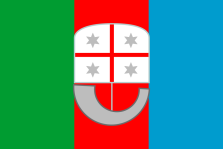
Spunto in Ligure by Wikipedia
Goære Stellæ (Star Wars), conosciûo ascì comme Star Wars: Epizòdio IV – Unn-a nêuva speànsa…
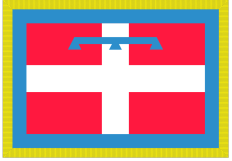
Spunto in Piemontese by Wikipedia
Ël capitalism a l’é un sistem conòmich anté le còse (la propietà, për esempi)…


